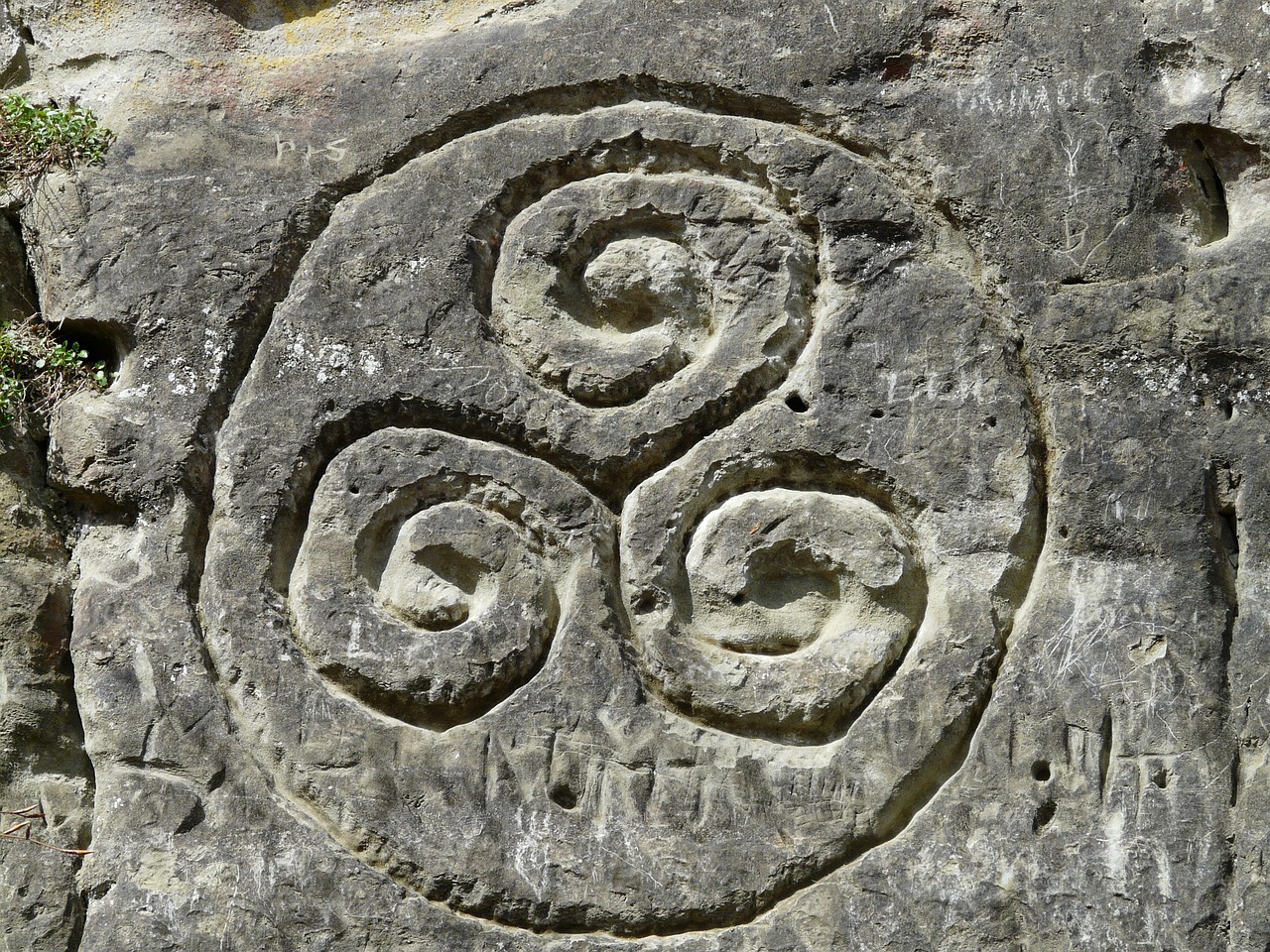The Enigmatic Norse God Tyr: Warrior and Arbiter of Justice
Overview
Tyr, the one-armed deity of the Norse pantheon, represents a unique juxtaposition of war and justice. A member of the Aesir tribe, he is primarily recognized for his courage in battle, yet paradoxically embodies the principles of order and fairness. His notoriety is largely derived from limited references within the Poetic Edda and the Prose Edda, the cornerstones of Norse mythological literature. Tyr’s most famous act was his attempt to subdue the giant hound Fenrir, a feat that resulted in him losing his arm.
Tyr is often depicted in art and literature as a valiant warrior, renowned for his exploits. An illustration from Wilhelm Wägner’s 1882 work, “Nordisch-germanische Götter und Helden,” shows him triumphing over a foe while defiantly wielding a sword, his severed arm secured to his shield.
Etymology
The name “Tyr” originates from the Proto Indo-European root dyeus- and evolved through the Proto Germanic Tiwaz, meaning “god” or “deity.” This linguistic root is shared with gods from other cultures, including Zeus and Jupiter, suggesting that Tyr might have once held a significant place in the pantheon of deities. By the time Norse literary traditions were documented, however, Tyr’s role had diminished considerably, yet his name still influenced the word for Tuesday, which translates to “Tyr’s day.”
Attributes
Tyr was known not only for his martial prowess but also for his wisdom and commitment to justice. Historical texts provided a succinct yet insightful portrayal of him. The most substantial description comes from Snorri Sturluson’s Gylfaginning, which praises him as daring and wise, with a notable ability to confer victory in contests of strength. It is said that invoking Tyr is beneficial for those battle-focused individuals who strive for valor.
His most distinguishing characteristic is his severed right hand, lost to Fenrir, Loki’s progeny—the monstrous wolf. This pivotal event emphasizes his unwavering bravery and willingness to make sacrifices for the greater good, especially in the face of impending doom prophesied during Ragnarök.
Family
Tyr’s lineage is subject to two potential lineages. One suggests he was the son of Odin, the preeminent god of the Aesir, while another source from the Poetic Edda attributes him to Hymir, a giant. Regardless, most scholars lean towards Odin being his true father.
This familial affiliation connects Tyr to prominent figures within Norse mythology, marking him as a half-brother to legendary deities like Thor, Baldur, and others. The depiction of Tyr within the context of these powerful beings underscores his significant albeit diminished role in myth and culture.
Mythology
Tyr and the Kettle of Giants
In Norse myth, Tyr features prominently in only a couple of narratives, one being the Hymiskviða, which recounts Thor’s quest for a colossal kettle essential for brewing ale. During the tale, Tyr informs Thor that the kettle is held by the giant Hymir, whom he calls father. Their journey takes them to Hymir’s abode, where they are warned by Tyr’s grandmother to remain hidden for fear of Hymir’s fury.
Upon Hymir’s return, he inadvertently exposes their hiding place, leading to a brief confrontation. In the ensuing events, as part of a cunning plan, Thor consumes two oxen and keeps one for a later fishing expedition with Tyr.
Tyr, Fenrir, and Ragnarök
Perhaps the most notable episode concerning Tyr involves his encounter with Fenrir, the great wolf. This narrative illustrates Tyr’s valor and his readiness to bear significant personal loss in the name of justice. Fenrir, recognized as a formidable creature prophesied to play a key role during Ragnarök, was initially raised among the gods. Due to his growing power, Tyr became the only deity brave enough to approach him.
The gods devised a plan to restrain Fenrir, involving the creation of an insurmountable chain named Gleipnir. The challenge came when Fenrir became suspicious of its thinness and conditions for allowing himself to be bound involved Tyr placing his hand in Fenrir’s mouth as a show of faith. This ultimately led to Tyr sacrificing his hand, solidifying his legacy as a reconciler of conflicts.
Furthermore, the prophecies state that during Ragnarök, Tyr would face and succumb to Garmr, the monstrous hound, marking his place in the annals of fate.
Pop Culture
The impact of Tyr transcends ancient texts and mythology, enduring in modern cultural expressions, notably through the Faroese metal band Tyr, which incorporates Norse themes in their albums. Additionally, Tyr’s legacy is perhaps best captured in the etymology of “Tuesday,” a lasting reminder of his influential role within the tapestry of Norse mythology.



